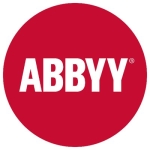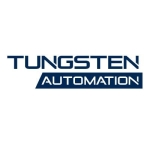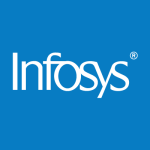What is our primary use case?
Our primary use case for the development of business processes. For example, finance is using it to develop a lot of business processes.
We use it on a lot of things.
We are using an on-premise deployment model.
We only use unattended bots.
How has it helped my organization?
There are a lot of business processes that take time to do. By using this solution for RPA, we can automate a lot of business processes, which helps achieve less time to market.
What is most valuable?
The most valuable feature of this solution is that it runs anywhere. You can build for a single platform and then have it run anywhere. This is the biggest advantage of this solution.
Developers can customize flows.
What needs improvement?
It takes a lot of time to deploy, and sometimes it fails after a timeout.
You cannot learn it quickly.
Sometimes you build on one platform, but when you switch to another platform it doesn't deploy properly and it fails.
The user interface should be enhanced to make things simpler for the user. It is important because while the RPA consultants have the relevant knowledge, not all of the individuals who use the tool will. Having a better dashboard for this would help.
The solution should also be simplified.
For how long have I used the solution?
I have been using it for one year.
What do I think about the stability of the solution?
With respect to stability, sometimes the process times out when you move to another platform, which is something that needs to be fixed. For example, if you build in Windows and then deploy in Linux then it should take the same length of time.
We use this solution on a daily basis.
What do I think about the scalability of the solution?
This is a scalable solution. Cross-platform is the only problem.
We have no plans to increase our usage at the moment.
How are customer service and technical support?
Technical support is ok. They have fixed our problems when they come up. But, the problem returns, so the tool needs to be enhanced.
How was the initial setup?
I did not perform the initial setup of this solution, but I have been responsible for one of the upgrades. It was ok. They gave us support and gave us the manuals to do it. I found that it wasn't a problem.
It took us two months to scale from PoC to our current number of bots.
What about the implementation team?
We used RPA consultants to assist us with our implementation. You educate them and they are able to use the solution. We have had no problem with them.
What was our ROI?
We have seen a return of investment because it takes less time to market in our current process. I would estimate a times savings between 20 to 30 percent.
We have seen about a 10 percent monetary savings.
Which other solutions did I evaluate?
We evaluated one or two other solutions, but I can't disclose who they are.
What other advice do I have?
Use all the features. The enhancements that they have developed on the tooling side, and the other new features that they have provided, are good.
This is a great tool that I recommend, and cross-platform is the only problem. The solution should recognize the platform and deploy the tools properly.
I have taken one course with Automation Anywhere University. That course needs to be updated.
We can sometimes integrate it with other applications.
I would rate this solution a seven out of ten.
Disclosure: I am a real user, and this review is based on my own experience and opinions.

















